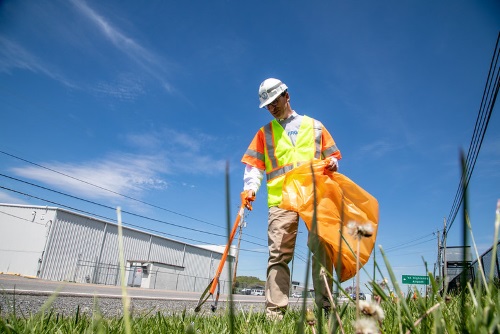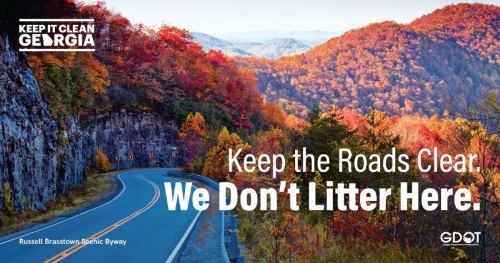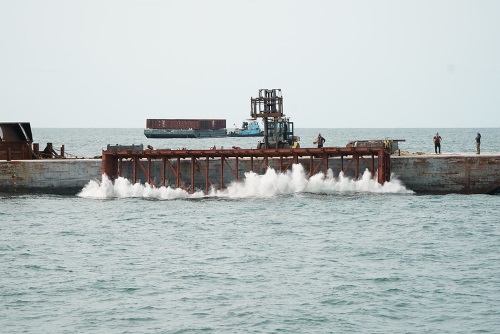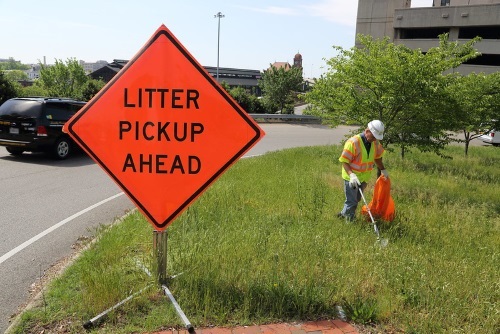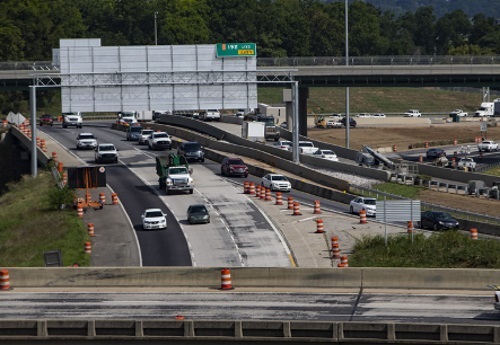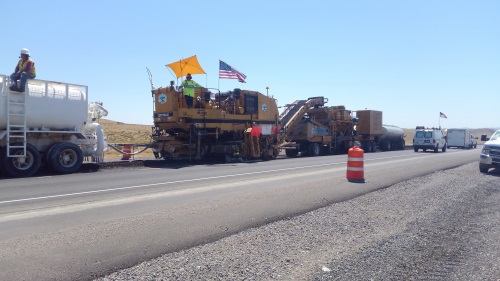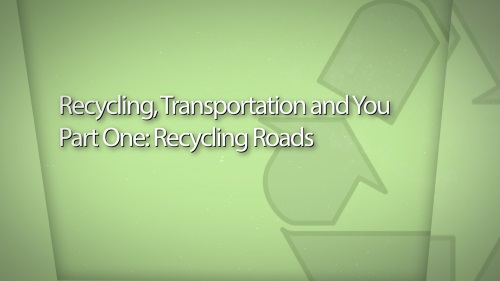During the many years that the Nevada Department of Transportation redefined and developed its recycled asphalt pavement program, Changlin “Charlie” Pan – the agency’s chief material engineer – believes several of the most important lessons learned over that time period center on the development of specifications for the recycled materials as well as the construction methods for those recycling projects.
“Communication with the project manager during design and contractors during construction to find a balance between construction cost and quality of the finished product,” Pan explained, served as “the key” to success of developing the most suitable specification for the best product.
“In the long run, recycling/reuse efforts will reduce pavement life cycle costs and extend highway pavement life in between scheduled rehabilitation,” he added.
The Nevada DOT uses thousands of tons of recycled asphalt pavement each year within its cold-in-place or CIP recycling practices, the agency noted, and it also incorporates used tires into a rubberized asphalt roadway mix for some projects, too.
CIP Recycling is a method of reusing the existing asphalt surface by grinding off the top two to three inches of the existing asphalt surface and mixing the crushed asphalt in place with an emulsified asphalt recycling agent, then placing it back down with a paver. This restores existing material reducing the amount of outside material required to be hauled into and out of the project site. It is also a “cold process,” meaning that it requires minimal additional heat during the recycling process, resulting in a decrease in the amount of energy required to produce the final material.
The most prevalent recycling effort is the usage of recycled asphalt pavement or RAP.
Since 2010, nearly every ton of paved structural pavement in Nevada has included 15 percent of the mixture replaced with RAP, the Nevada DOT noted, which permits the regular use of recycled materials without significantly decreasing expected pavement lifespan. The widespread practice has permitted the usage of tens of thousands of tons of fully recycled pavement annually, reducing the use of fossil fuels and other raw materials and reducing waste material going into landfill, the agency said.
It’s all part of a long-terms effort by Nevada to find the best technologies for reducing and reusing various materials in pavement rehabilitation projects.
For example, a University of Nevada – Reno study noted that the Nevada DOT has been using CIP recycling methods since 1995. The long-term field performance of CIP projects throughout Nevada indicated that it is an effective rehabilitation treatment for roads with low to medium traffic levels. On top of that, Nevada continues to improve and develop the process to provide the most environmentally friendly specifications while maintaining quality pavements.
The Nevada DOT is also increasing utilization of a process which replaces a minimum 20 percent of the asphalt binder with ground tire rubber creating a mixture called an Asphaltic-Rubber Friction Course; a process proven to increase the lifespan and significantly reduce highway noise in certain applications such as over concrete pavements.
The agency also began using rubberized asphalt in the early 1990s and performed research to determine the most economical thickness in order to reduce cracking and durability problems; especially its resistance to cold-weather cracking and warm-weather rutting. Nevada then passed legislation in the early 2000s that stopped sending whole tires to landfills – requiring them to be recycled instead. Thus, the use of the recycled tire rubber in asphalt became one of the top uses to successfully eliminate environmental harm from the disposal of the old tires.
In fact, the Rubber Pavements Association states that between 500 and 2,000 scrap tires can be used in each lane mile of pavement. Depending on the application type used, a one-mile section of a four-lane highway will use between 2,000 and 8,000 tires, while “rubberized” pavements are also known to significantly reduce noise pollution.
Further permissible usage of recycled tire rubber results from paving grade asphalts to be substituted with a terminal blend asphalt that allows 10 percent replacement with processed recycled rubber. This process proved fiscally beneficial in the economic downturn of the late 2000s – known as the Great Recession – that drove down fuel and asphalt prices to record low levels. With careful evaluation, this material permitted the usage of more economical products with no perceivable reduction in the high-performance expectations of Nevada’s pavements.

